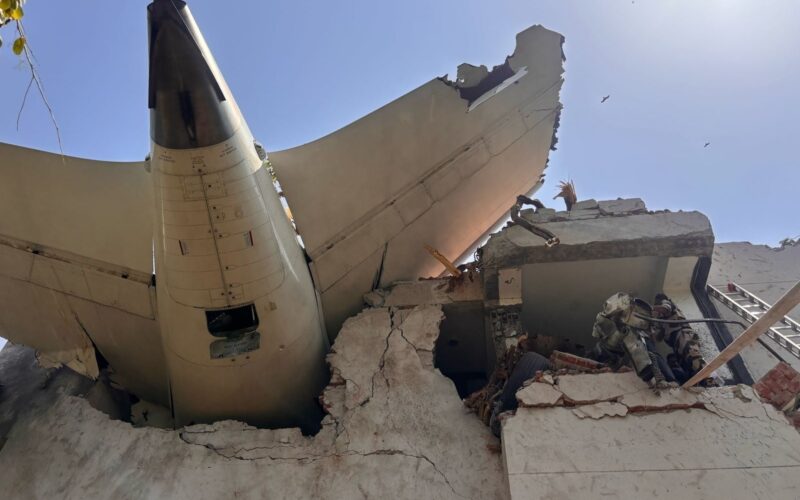New Delhi (National Times): The Aircraft Accident Investigation Bureau (AAIB) has published its initial 15-page report detailing preliminary findings from the tragic Air India crash that occurred in Ahmedabad on June 12. The incident, involving a Boeing 787-8 Dreamliner, claimed the lives of 240 of the 241 passengers onboard and 19 individuals on the ground, after the aircraft crashed into the BJ Medical College hostel premises near the airport. Only one passenger survived the disaster.
The report provides the first official insight into the sequence of events and technical failures that led to the fatal crash. The AAIB notes that further evidence is being gathered from stakeholders, and the investigation remains ongoing.
Here are the top 10 takeaways from the AAIB’s initial findings:
- No Safety Directives Issued Yet
The AAIB has not issued any safety recommendations for Boeing 787-8 aircraft or GE GEnx-1B engine operators and manufacturers at this stage. - Signs of Engine 1 Recovery
Engine 1 showed partial signs of recovery during the incident. After an initial deceleration, it reversed course and began to regain power. - Engine 2 Failed to Recover
In contrast, Engine 2 relit momentarily but was unable to maintain the necessary core speed, despite multiple fuel reintroduction attempts. - Fuel Cutoff Switches Activated Mid-Flight
At 13:38:42 IST (08:08:42 UTC), the aircraft hit 180 knots indicated airspeed. Immediately thereafter, both engines’ fuel cutoff switches were inexplicably moved from ‘Run’ to ‘Cutoff’. - Rapid Relight Attempts Made
Within seconds, fuel switches for both engines were returned to ‘Run’. Exhaust Gas Temperatures (EGTs) began to rise, indicating combustion and relight efforts. - Cockpit Voice Recorder Reveals Confusion
A cockpit conversation between the pilots suggests miscommunication: one asked, “Why did you cut off?” to which the other replied, “I did not do so.” - Engines Dropped Below Idle
Engine and Aircraft Flight Recorder (EAFR) data confirmed that both engines’ N2 values fell below their minimum idle speed during the critical moments. - Damage to Rear Data Recorder
The aft EAFR was significantly damaged in the crash, rendering it unreadable by conventional recovery methods. - Ongoing Evidence Collection
The AAIB has indicated that more data is being sought from involved parties and will be reviewed in the next phase of the investigation. - EGT Spikes Confirm Relight Efforts
Recorded flight data showed an increase in Exhaust Gas Temperatures after the fuel switches were reset to ‘Run’, supporting evidence of active relight attempts.
As the investigation continues, the aviation community and the public await further findings that could help clarify the technical failures and human factors contributing to one of India’s most devastating aviation disasters.

